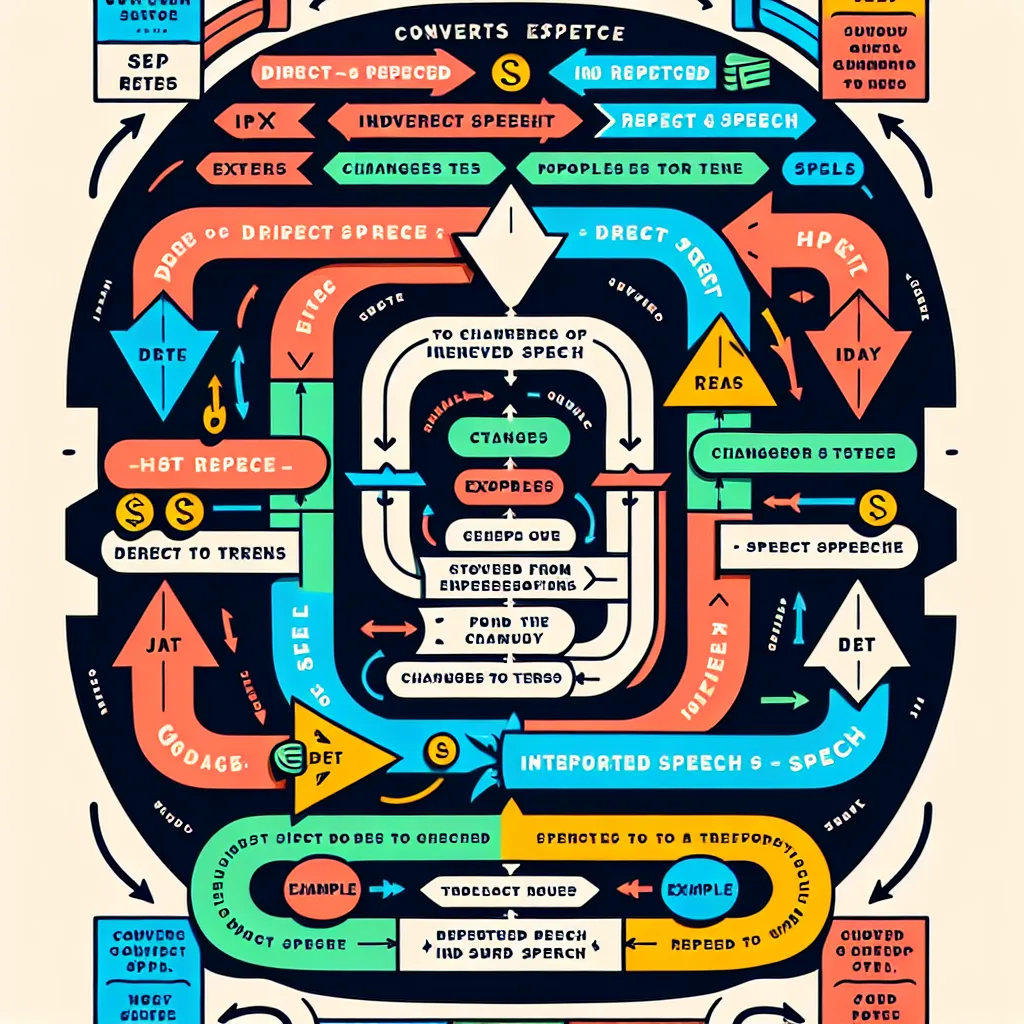Persuasive writing is a powerful tool that can sway opinions, change minds, and inspire action. To truly excel in this art form, one must possess a deep understanding of advanced grammar techniques. In this comprehensive guide, we’ll explore the intricacies of Advanced Grammar For Persuasive Writing, providing you with the knowledge and skills to craft compelling arguments and persuasive prose.
Understanding the Importance of Advanced Grammar in Persuasive Writing
Before we delve into specific techniques, it’s crucial to understand why advanced grammar is so vital in persuasive writing. Proper grammar not only enhances clarity and credibility but also allows writers to construct more nuanced and sophisticated arguments. By mastering advanced grammatical structures, you can:
- Convey complex ideas with precision
- Establish authority and credibility
- Create emotional resonance with your audience
- Craft memorable and impactful statements
 Advanced Grammar for Persuasive Writing
Advanced Grammar for Persuasive Writing
Essential Advanced Grammar Techniques for Persuasive Writing
1. Parallel Structure
Parallel structure involves using the same grammatical form for similar ideas within a sentence or paragraph. This technique creates rhythm, enhances clarity, and reinforces key points.
Example:
“Our product is not only efficient, but also affordable and reliable.”
In this example, the adjectives “efficient,” “affordable,” and “reliable” are all in the same form, creating a smooth and memorable statement.
2. Rhetorical Questions
Rhetorical questions engage the reader and encourage them to think critically about your argument. They can be particularly effective when used strategically throughout your writing.
Example:
“Isn’t it time we prioritized sustainable energy solutions? How much longer can we afford to ignore the impact of climate change?”
These questions prompt the reader to consider the urgency of the issue without explicitly stating it.
3. Inverted Sentence Structure
By inverting the typical subject-verb-object structure, you can emphasize certain elements of your sentence and create a more dramatic effect.
Example:
“Never before have we faced such a critical moment in history.”
This inverted structure places emphasis on the uniqueness and importance of the situation.
4. Complex Sentence Structures
Utilizing a mix of simple, compound, and complex sentences can add variety to your writing and help you convey more sophisticated ideas.
Example:
“While some may argue that the cost is too high, we must consider the long-term benefits that far outweigh any short-term financial concerns.”
This complex sentence structure allows for a nuanced presentation of contrasting ideas.
5. Conditional Statements
Conditional statements can be powerful tools for presenting hypothetical scenarios and their consequences, which is particularly useful in persuasive writing.
Example:
“If we fail to act now, future generations will bear the brunt of our inaction.”
This conditional statement creates a sense of urgency and responsibility.
Advanced Punctuation for Impactful Writing
Mastering advanced punctuation can significantly enhance the effectiveness of your persuasive writing. Here are some techniques to consider:
1. Semicolons for Sophisticated Connections
Use semicolons to join related independent clauses, creating a more sophisticated flow of ideas.
Example:
“Our proposal is not merely a suggestion; it is a necessity for the future of our organization.”
2. Em Dashes for Emphasis
Em dashes can be used to set off important information or create dramatic pauses.
Example:
“The consequences of inaction—environmental degradation, economic instability, and social unrest—are too severe to ignore.”
3. Colons for Elaboration
Colons can introduce lists or explanations, helping to emphasize key points.
Example:
“The benefits are clear: increased productivity, higher employee satisfaction, and improved customer retention.”
Crafting Powerful Sentences with Advanced Grammar
To truly master persuasive writing, it’s essential to understand how to construct powerful sentences using advanced grammar techniques. Let’s explore some strategies:
1. Cumulative Sentences
Cumulative sentences begin with an independent clause and add modifying phrases or clauses to provide additional information.
Example:
“Our solution addresses the core issue, providing a comprehensive approach to the problem, integrating cutting-edge technology with proven methodologies, and offering unparalleled support throughout the implementation process.”
This cumulative sentence builds upon the main idea, adding layers of information to create a compelling argument.
2. Periodic Sentences
Periodic sentences delay the main clause until the end, creating suspense and emphasis.
Example:
“Through years of research, countless experiments, and unwavering dedication to innovation, our team has finally developed the breakthrough technology that will revolutionize the industry.”
This periodic sentence builds anticipation before revealing the main point, making it more impactful.
3. Balanced Sentences
Balanced sentences use parallel structures to present contrasting or complementary ideas with equal emphasis.
Example:
“In times of prosperity, we plan for the future; in times of adversity, we adapt to survive.”
This balanced sentence creates a rhythmic flow while presenting contrasting ideas.
 Persuasive Writing Techniques
Persuasive Writing Techniques
Common Pitfalls to Avoid in Advanced Persuasive Writing
While mastering advanced grammar techniques is crucial, it’s equally important to be aware of common mistakes that can undermine your persuasive writing:
-
Overusing complex structures: While advanced grammar can enhance your writing, overusing complex structures can make your text difficult to read and understand.
-
Neglecting clarity for sophistication: Always prioritize clarity over complexity. Your primary goal is to persuade, not to impress with your grammatical prowess.
-
Inconsistent tone: Maintain a consistent tone throughout your writing to ensure a cohesive and professional presentation of your argument.
-
Failing to vary sentence structures: While advanced techniques are valuable, varying your sentence structures keeps your writing engaging and prevents monotony.
-
Overlooking the importance of transitions: Use advanced transitional phrases to create smooth connections between ideas and paragraphs.
Practical Exercises to Improve Your Advanced Grammar Skills
To truly master advanced grammar for persuasive writing, practice is essential. Here are some exercises to help you hone your skills:
-
Sentence transformation: Take simple sentences and rewrite them using advanced grammatical structures.
-
Rhetorical analysis: Study persuasive texts from various sources and identify the advanced grammar techniques used.
-
Paragraph revision: Rewrite paragraphs to incorporate a variety of advanced grammar structures while maintaining clarity and coherence.
-
Peer review: Exchange your writing with colleagues and provide feedback on each other’s use of advanced grammar techniques.
-
Timed writing exercises: Practice composing persuasive pieces under time constraints to improve your ability to use advanced grammar techniques efficiently.
For more insights on improving your grammar skills in various contexts, you may find our article on advanced grammar for public speaking helpful.
Conclusion: Elevating Your Persuasive Writing with Advanced Grammar
Mastering advanced grammar for persuasive writing is a journey that requires dedication, practice, and a deep understanding of language. By incorporating the techniques discussed in this guide—from parallel structure and rhetorical questions to cumulative and periodic sentences—you can significantly enhance the impact and effectiveness of your persuasive writing.
Remember that the goal of using advanced grammar in persuasive writing is not to showcase your linguistic prowess, but to communicate your ideas more effectively and persuasively. Always prioritize clarity and coherence, using advanced techniques to support and strengthen your arguments rather than overshadow them.
As you continue to develop your skills, consider exploring additional resources on effective English grammar learning strategies and advanced grammar for professional communication. These complementary skills will further enhance your ability to craft compelling and persuasive content across various contexts.
With practice and dedication, you’ll find that advanced grammar becomes a natural and powerful tool in your persuasive writing arsenal, allowing you to influence, inspire, and motivate your audience with greater precision and impact.




